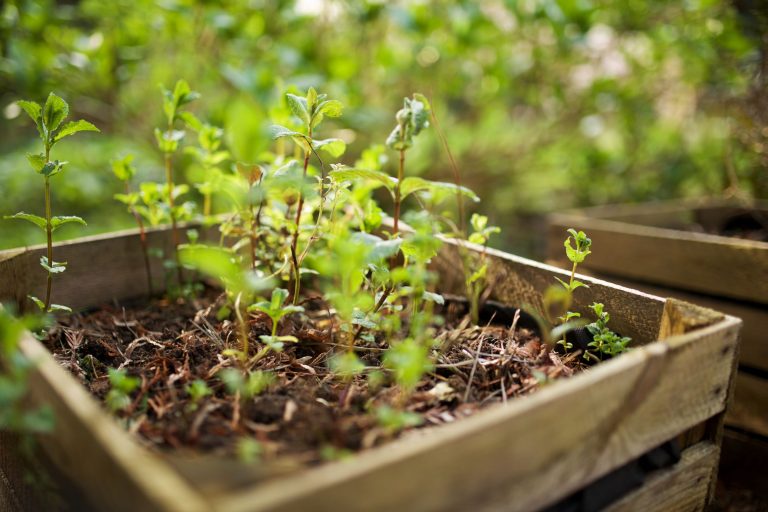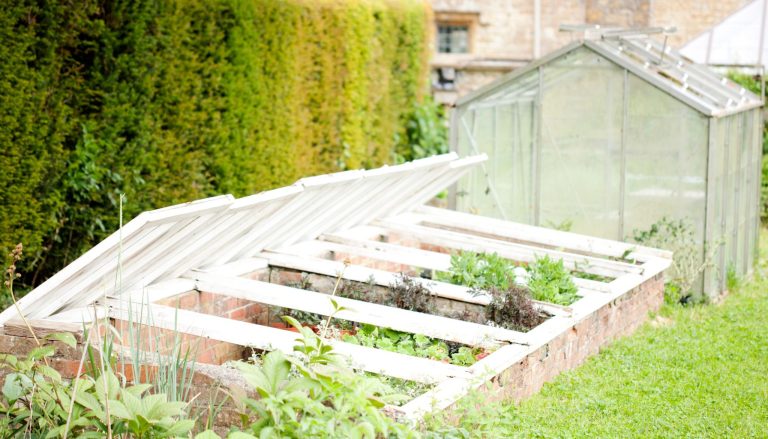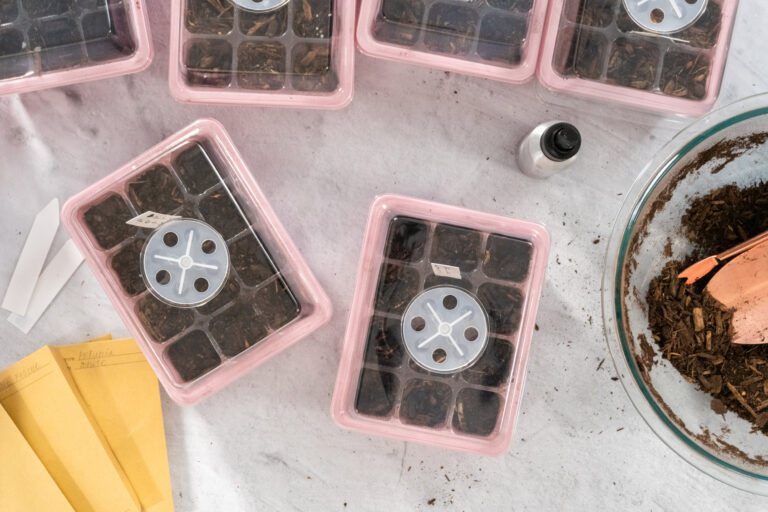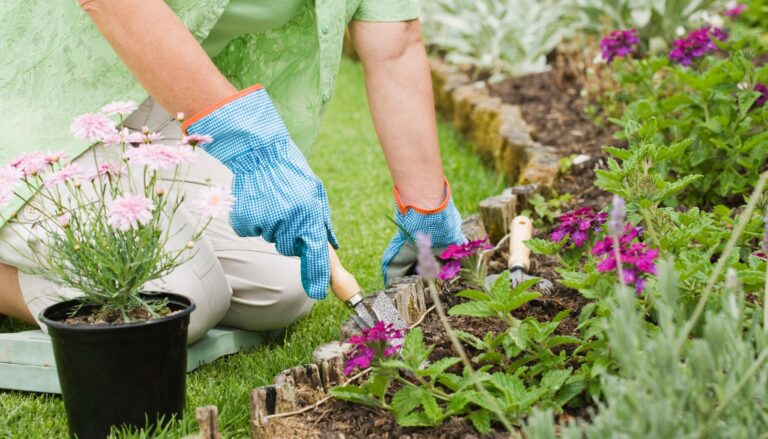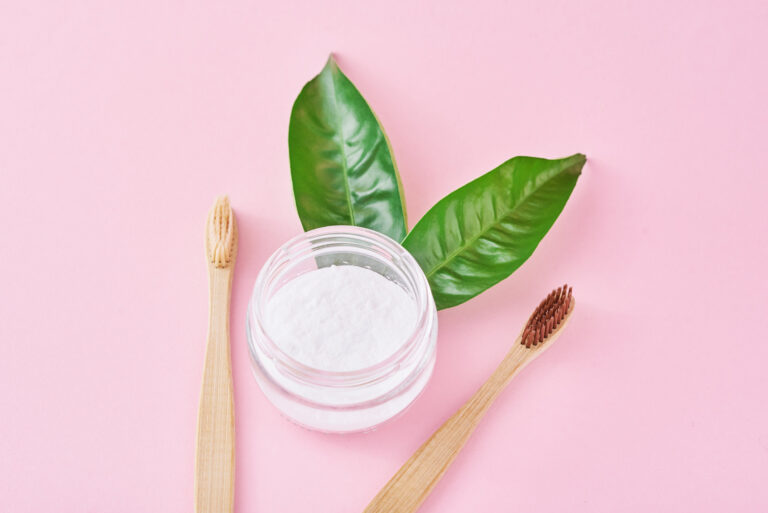When starting a garden, one has to consider many factors, including budget. Regardless if you’re a pro or a newbie gardener, finding an affordable garden bed is a great first step that can make all the difference. In this article, we’ll look into six garden bed ideas that can turn your yard into a thriving…
diy gardening
Seed Starting on a Budget Series: DIY Containers
No rule says that seed starting requires fancy flats or trays. For the frugal gardener, spending money on pots and containers is a definite no-no. The smallest portion of your gardening budget should be allotted to containers. Why? Because they’re so easy to find for free or cheap! Including plenty of DIY options to…
Seed Starting on a Budget Series: The Importance of Labeling
It’s almost time for me to start my very first seedlings of the season. I’ve been busy gathering supplies, cleaning out my grow room, and sanitizing trays that I plan to re-use. I’ve been organizing my seed packets, and I’m thoroughly excited to try a few new varieties this year. I’m also shifting my…
DIY Cold Frames from Recycled Materials
Cold frames are an ingenious way to shield plants from cold weather while creating the perfect microclimate for growth. Building your own cold frame from recycled materials is an eco-conscious, cost-effective solution. Here’s everything you need to know about cold frames and how to make one yourself. What Are Cold Frames and How Do They…
Cheap and Economical Humidity Dome Alternatives
If you grow your plants from seeds then you probably know what a humidity dome is. (If not, don’t worry, we’ll go over it briefly below.) Just like with all of your other gardening supplies, you can buy humidity domes from a variety of different sources. However, you can also DIY them. Here are some…
Inexpensive Planting Solutions: 10 Genius Tips for Gardeners on a Budget
Inexpensive planting solutions are the key to creating a beautiful garden without breaking the bank. Whether you’re a seasoned gardener or a newbie, these creative and budget-friendly ideas will help you grow lush plants and vibrant flowers. Here are ten genius ideas to get you started. 1. Recycle Household Containers One of the easiest and…
8 Uses of Baking Soda in Gardening
Baking soda is one of the most amazing, affordable products available to us. Hopefully, you’re already using baking soda for cleaning throughout your home. If not, then you’re spending more money than you should on household cleaners. And today let’s talk about how baking soda’s benefits don’t stop there. There are so many uses of…
